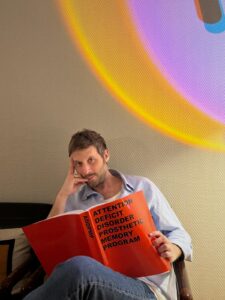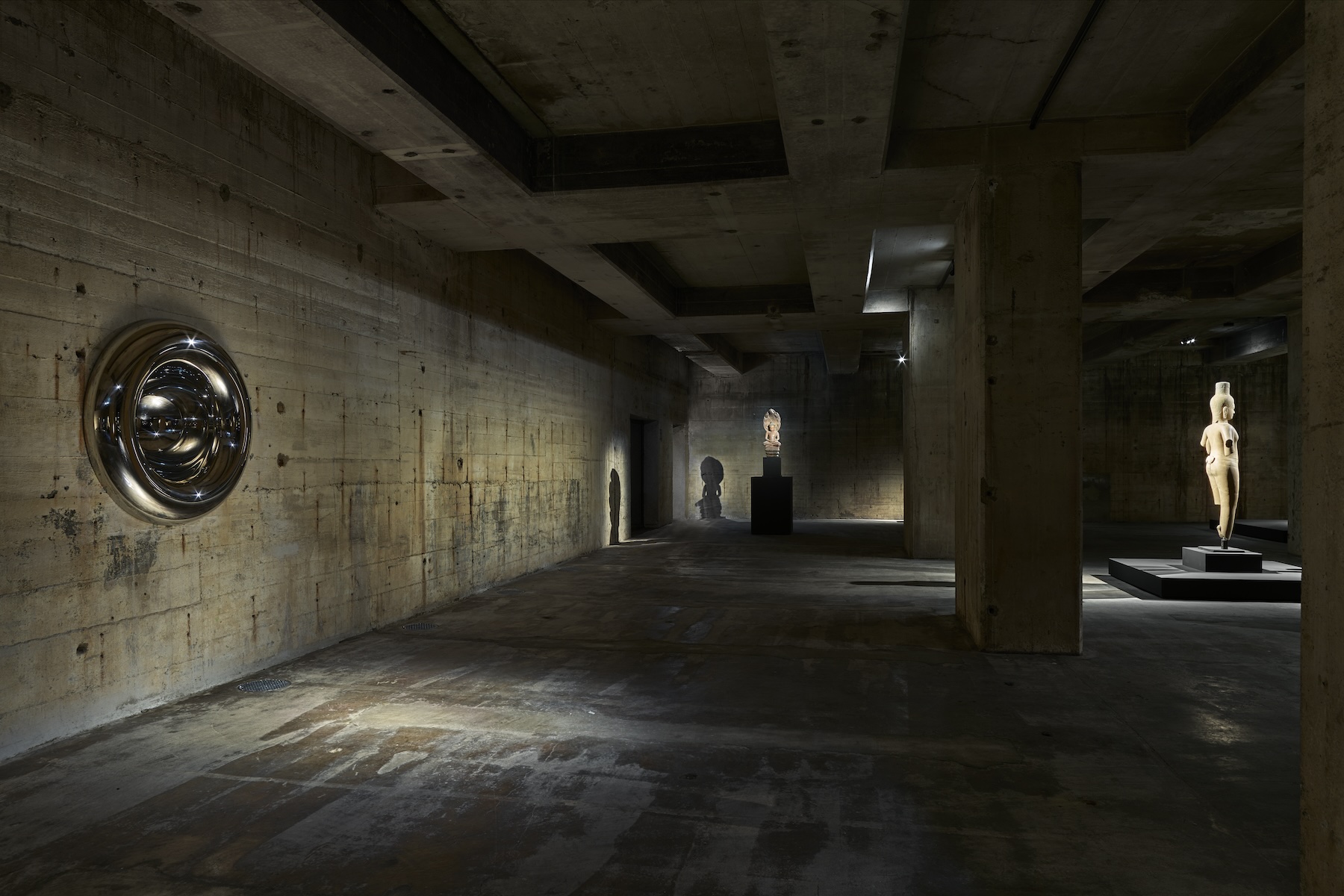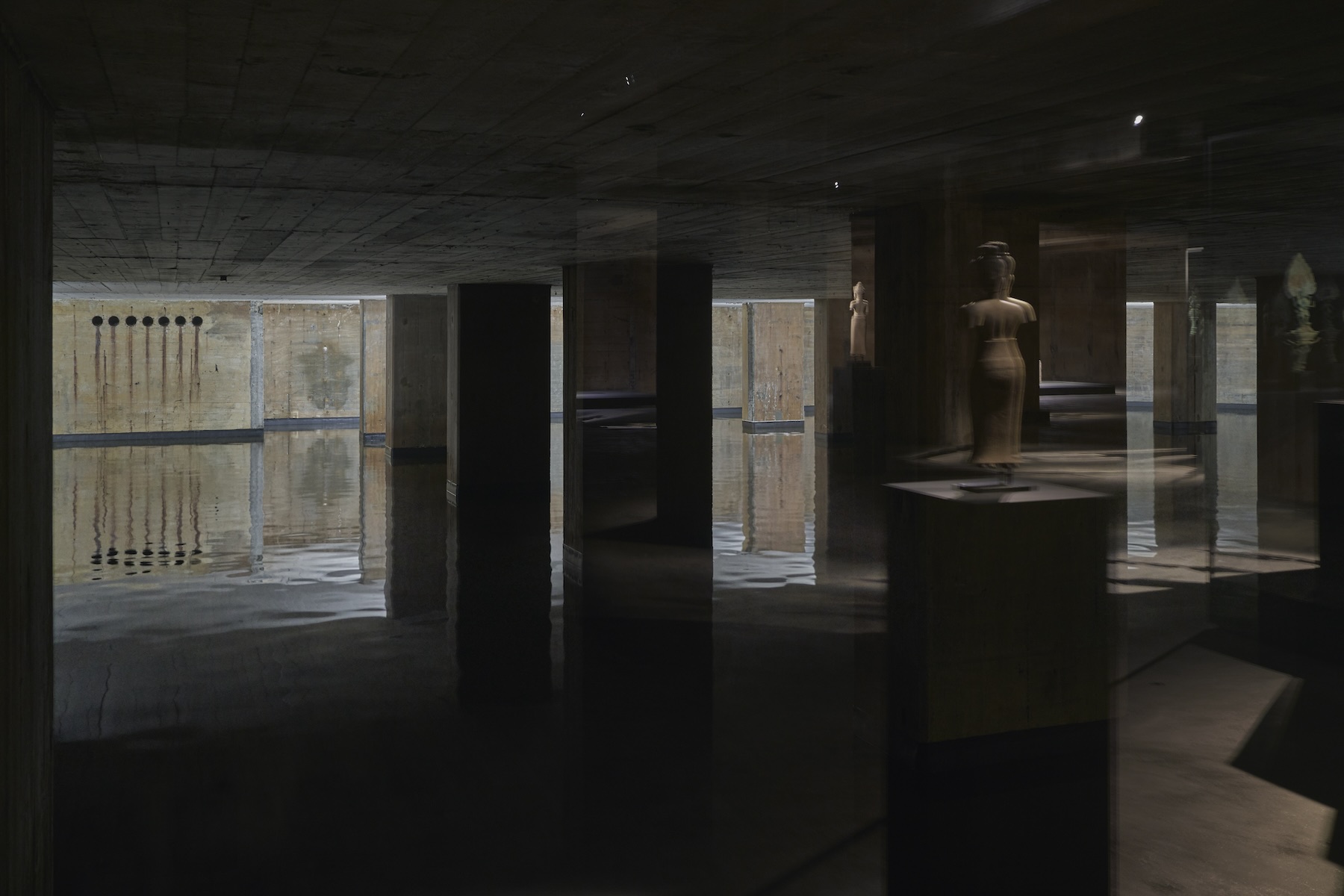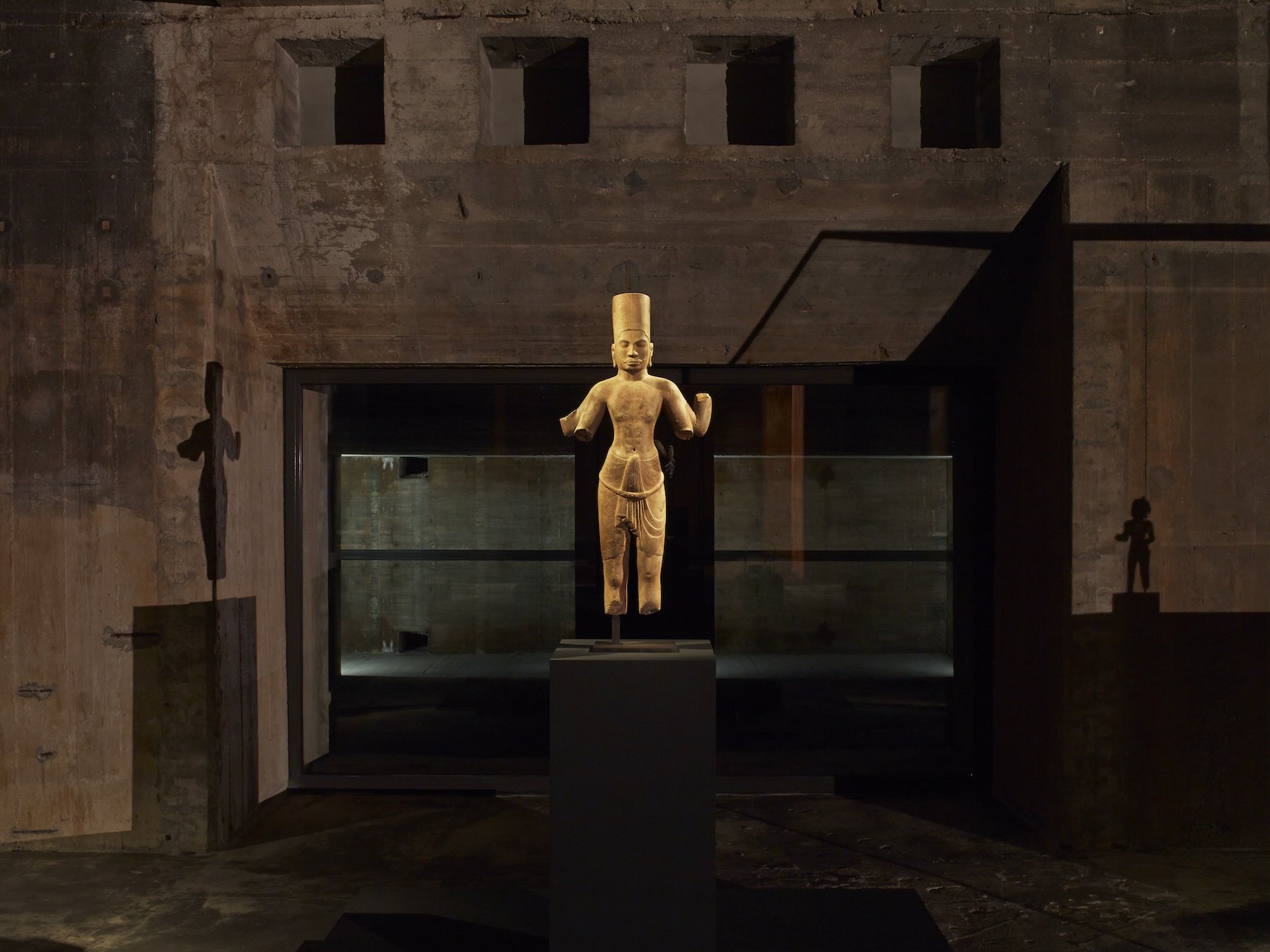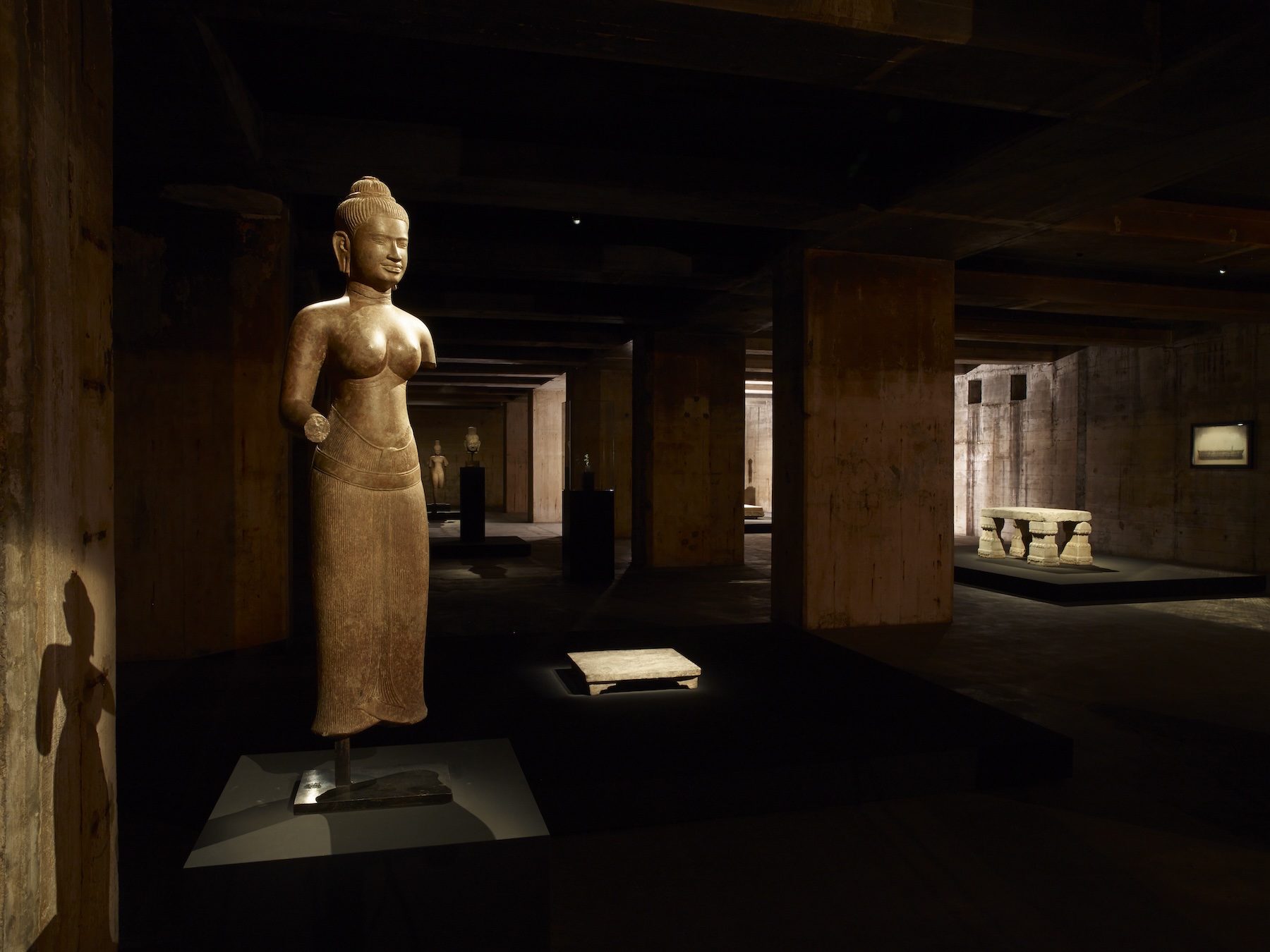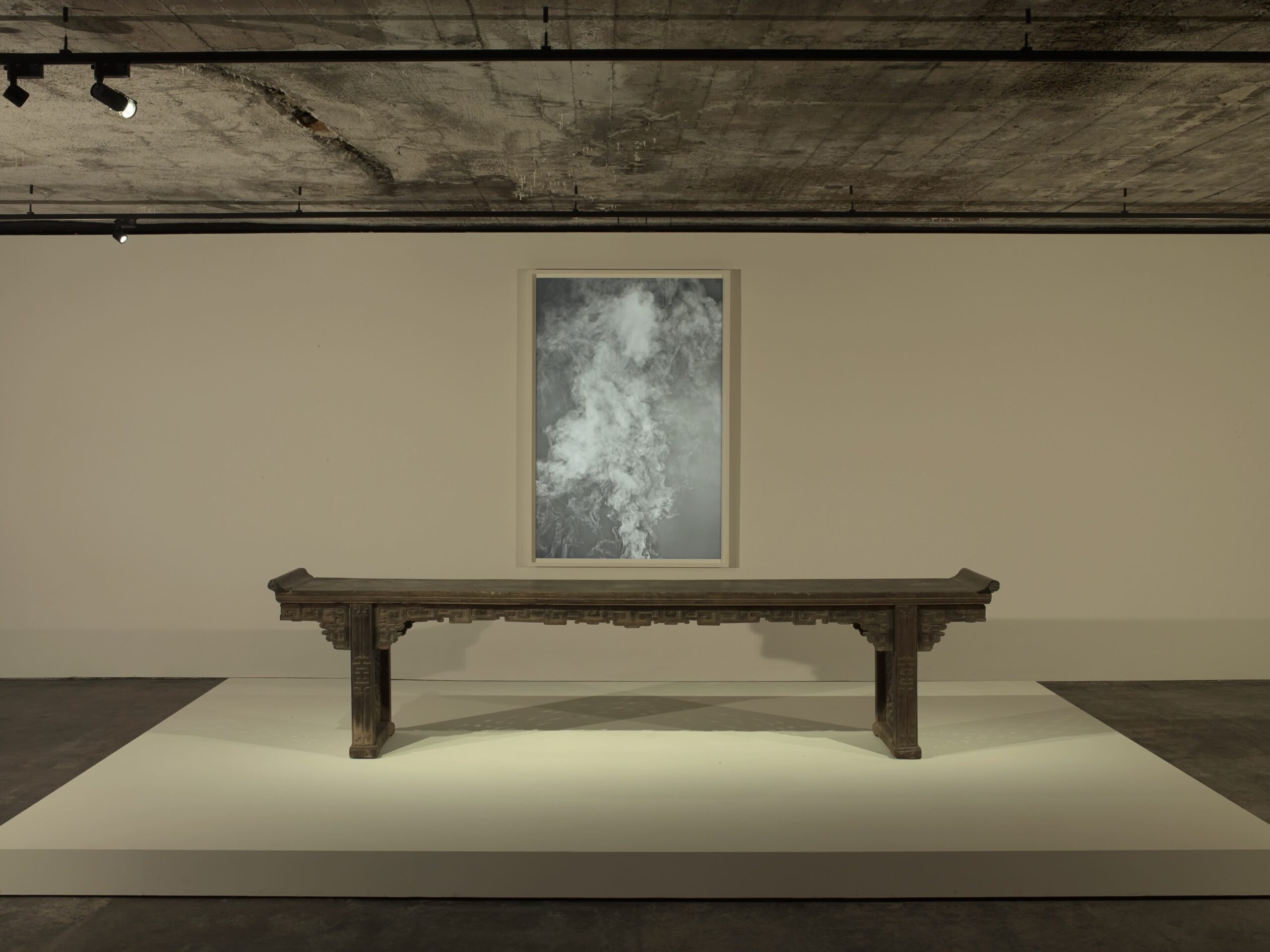
At the Centre: Feuerle Collection
by Antoine Remise
When I lived in Berlin, I was told about a secretive private art collection housed in a wartime telecommunications bunker. That was more than enough to titillate my curiosity. At the time –back in 2017 – it had just recently opened and the founders wanted to keep the space in a veil of secrecy so you couldn’t really find any images online and you could only access the space by booking an appointment online. I went there with two visiting friends one afternoon in January. The time slot for our visit was 5 P.M, it was already night when we walked by a massive concrete wall by a large road, trying to locate the entrance. No sign to indicate you’re at the right place, just a discrete black door. And it stayed as my fondest experience in Berlin (with my first-ever night in Berghain being a close second).
At the entrance – which used to act as a bomb shield – you hand over your phones and cameras before entering a “sound room”, plunged into complete darkness for a couple of minutes while John Cage’s Music for Piano No 20 is playing. Enough to completely zone-out from the outside world, open your chakras and soft focus your attention. What you discover next is a large underground hall of concrete where Khmer sculptures and stunning Chinese furniture from the Han Dynasty are displayed in minimalistic harmony alongside contemporary art pieces, mostly B&W photographs.
It’s an aesthetic and sensual experience, almost meditative as you wander around the pieces each dipped in a soft pool of light that contrasts with the predominant darkness of the space. Initially designed the protect the telecommunication system during the war, the high-quality concrete walls of the space are 2m and 3.5m thick allow no natural light and the Khmer sculptures seem to appear from nowhere, like stone ghosts floating in soft halos of light.
There are contemporary works from acclaimed artists like Anish Kapoor, the cult Japanese photographer Araki or Spanish sculptor Cristina Iglesias but one work that particularly stood out for me was a tall photogram of a rising cloud of smoke from British photographer Adam Fuss. A photogram is an image made without a camera by exposing to light an object placed directly on to the surface of a light-sensitive material. Man Ray is the most famous artist who extensively used this technique. Through this method, the elegant and enigmatic shape of the smoke column feels real and tangible but it’s only subliminal beauty as the smoke is about to vanish, inevitably.
What stands out about the Feuerle collection is its mindful and minimalistic approach to handling your attention while you wonder and wander around the space. The experience is subtly orchestrated so you slow down and spontaneously take your time to deeply observe what has been carefully curated around you. It’s almost like “slow art” and it’s a true and much-welcomed blessing when the modern world harasses you from all corners with a never-ending flow of unnecessary solicitations to divert your attention.
I tend to zone out at one point while visiting large exhibitions. There is simply too much to see and I often end up like a zombie mechanically passing in front of artworks but nothing comes through anymore. My emotional bandwidth is saturated. My chakras are closed. That didn’t happen at the Feuerle collection, my friends and I were all tuned in from the moment we entered until we left the bunker. That is rare, that is precious and that’s why the Feuerle collection has never left the top spot of my Berlin recommendations list (with Berghain being a closed second).
Antoine’s Shortlist:
Miho Museum Japan
Designed by prestigious architect I.M. Pei (known for the iconic Louvre glass pyramids), this museum is built in the green mountains of Shigaraki, close to Kyoto, and accessible through a very long tunnel you cross by foot. It feels like you’re visiting the hidden HQ of a James Bond villain but inside, it’s a beautiful collection of traditional Japanese art alongside ancient pieces from Greece, Egypt and Mesopotamia.
Butrint National Park – Albania
An unknown gem. An archeological site in South Albania hidden in a forest by a lake. Most romantic stroll there is.
Apoom Bapoum – Paris
A treasure trove for comic books in Paris. It’s this place that made me realize how incredibly creative and diverse this scene is. Comic books are often a disregarded art form, which is completely unfair as I often find more original ways of storytelling in comic books than your typical movies or TV series. I go there a lot lately.
Max Linder Cinema – Paris
Opened in 1912, it’s the most beautiful cinema in Paris with its huge curved panoramic screen (18m wide) that contrasts with its old school design. It just feels different when you watch a movie there. I remember watching “Melancholia” there by myself, it was my most intense cinema experience and the space definitely had something to do with it.
Sound Metaphors – Berlin
Simply the best record shop I know. Amazingly diverse selection of all genres with a lot of rather obscure reissues and compilations you’d never ever find on Spotify. I love that shop it definitely broadened my horizon musically. I can be an impulsive buyer when it comes to
records but every single record I found there, I keep going back to them over and over. Great merch too.
Kalpazankaya – Istanbul
A typical Turkish fish restaurant, not pretentious at all. The crucial difference is its location with a large outdoor terrace at the end of a long road on top of one of the Princess Islands. A perfect spot for a very long lunch with mezze and raki. Always had the best time every
time I went there.
